The Karl Gerät, giant mobile howitzer
Siege warfare was not over in WW2, and in some case, heavy fortifications still posed a problem to advancing troops. A piece of ordnance was developed for the waffenamt, which was to solve the problem of concrete fortifications that can't be approached by railway, or alternative to railway artillery, the norm in that matter in WW1 and in WW2 as well. Also unlike the latter, and most fortification guns that were often former naval guns, the super-heavy mortar was specially designed to produce a high parabolic angle at relatively close range (artillery wise), with a very heavy projectile made to pierce through the strongest fortifications. This vehicle during WW2 was used on the eastern front and notably in Ukraine. Here is the complete story of the seven vehicles built.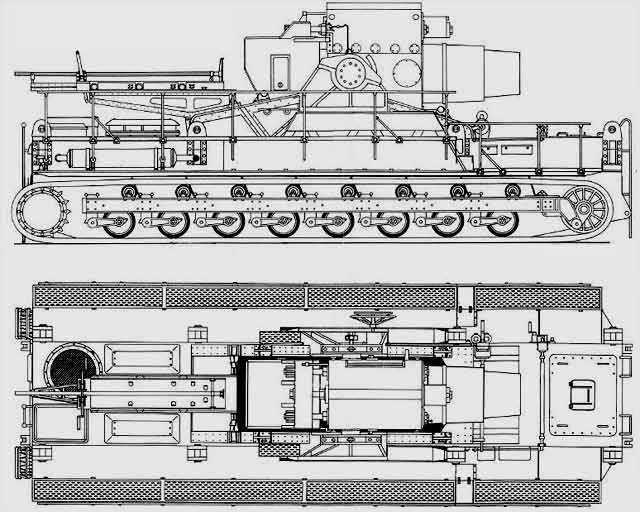
Schematics of the Kar Gerät (unknown source, cc)
Development and design of the Karl Gerät
Karl Gerät 040 (1939)
The story of "Device Charles" started with a request to deal with the French and Belgian fortifications in 1935 and in March 1936 already Rheinmetall made a proposal for a super-heavy howitzer to attack the Maginot Line. The initial concept was to be for an artillery piece that could transported in the field by several tracked vehicles, assembled on site. But due to the long preparation time, making the whole operation dangerous, especially in case of an air raid or counter-battery fire, the waffenamt asked for a self-contained tracked self-propelled weapon, in January 1937.The design was ready that year, approved, leading to the construction of a mockup, also approved, and then a composite was buily with first Neubaufahrzeug tank prototype, mated to a scale model, at least to investigate ground pressure, a major problem, as well as steering. These extensive driving trials took place in 1938-1939. Firing trials started in June 1939, and full-scale driving trials of the final vehicle started at Unterlüss in May 1940. General Karl Becker (Artillery commander) was heavily involved in the while development and the SPM was eventually named after him. As a very special vehicle, production was limited to only seven, all named after Nordic deities.
general characteristics
The Karl Gerät was certainly not designed to follow panzerdivisions. It was a purely second line artillery device, with just enough mobility to reach its objective and retire, with the great advantage of being independent from any road or railway. So it's indeed on paper a "self propelled gun" but lacked armour, speed, range, and even self-defense armament to fit in any mobile unit of the Wehrmacht. The chassis was derived from already known railway guns, adapted to be carried by a long wheeltrain designed to ensure the lowest ground pressure possible.The entire vehicle, gun included, weighted indeed 124 tonnes total, making it the largest SPG of WW2. It was only beaten by the Maud Tank developed in 1942-44, of 188 tonnes, mostly due to armour. The chassis was long enough to accomodate the mechanical recoil system, the well for max elevation, control equipments, pneumatic system, electrical power system and associated batteries, and the Daimler Benz engine. It was 11.15 m long, 3.16 wide and 4.38 m high at max elevation. The dimensions matche drailway gauge exactly for easier transport for long distances.
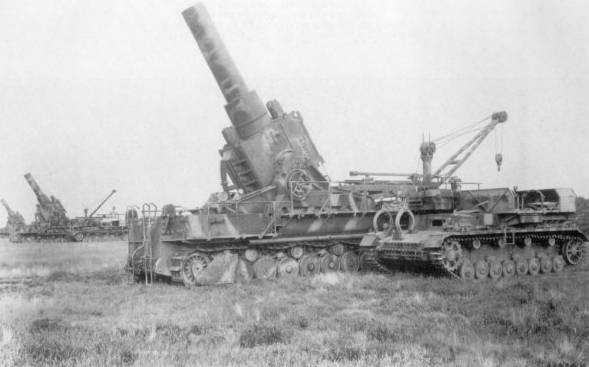
Propulsion
The chassis was propelled either by a Daimler-Benz MB 503 A gasoline (on the first two vehicles), or a Daimler-Benz MB 507 C diesel for increase drange, both developing 580 hp (590 PS). It was located at the rear of the vehicle, close to the differential transmission and drive sprocket. The transmission as either a 3- or 4-speed Ardelt or a 3-speed Voith Turbo model. The power/weight ratio was 4.8 hp/ton. Top speed was between 6 to 10 km/h (3.7 to 6.2 mph) on flat or slopes, and down to 4-5 off-road, both forward or reverse. Fuel capacity was 1,200 liters (260 imp gal; 320 US gal) for an operational range comprised between 42 km (26 mi) for the gasoline engine MB 503A and 60 kilometres (37 miles) for the DB 507C diesel engine. The chassis rested on a Torsion-bar suspension, comprising eight wheeltrain bogies per side (11 later), each with a pair of roadwheels, central pin track, suspended arm, and doubled return roller on top of the track for the first two vehicles and later 6. The idler/tensioner was at the front. The drive sprocket also differed, 17 teeth for the first two, 12 for the remainder. These powerttrain differed between models: 2600 mm torsion arms for the first two vehicles and 2115 mm for the others, and a track pitch of 170 mm, with 133 link per side for the first two, 250 for the third and 240 mm for the remainder with 94 links per side. The initial 8 rubber wheels arrangement on the first two became 11 metal wheels and 6 rubber rollers for the remainder of the production.Artillery
The whole purpose of the vehicle was to carry a gargantuan 600 mm (24 inches) howitzer. It used separate loading, cased charges, an horizontal sliding-wedge breech, and an Hydro-pneumatic recoil system. It could elevate from 55° to 70°, and had a limited traverse of 8°, or course 360° by using the chassis. It rate of fire was a single round every ten minutes. The 041 540 mm barrel had about the same figures but differed by range and ammunitions. There was no protection, no armour, but the crew's own personal weapons for close defense and perhaps a MG-42 carried by the supply carriers.
This 040 gun could fire either the heavy concrete-piercing shell (schwere Betongranate) weighting 2,170 kg (4,780 lb) total, with a 289 kg (637 lb) charge. Muzzle velocity was 220 m/s (720 ft/s) and range 4,320 m (4,720 yd). It was able to penetrate 2.5 metres (8.2 ft) of concrete. The 040 could also fire the light concrete-piercing shell (leichte Betongranate) weighting 1,700 kg (3,700 lb) with a 220 kg (490 lb) charge. Muzzle velocity was 283 m/s (930 ft/s) and range longer, at 6,440 m (7,040 yd. with the same penetration figures.
Karl Gerät 040 specifications | |
| Dimensions | 11.15 x 4.2 x 3.16 m |
| Total weight, battle ready | 127 tonnes (137 short tons) |
| Crew | 21 (see notes). |
| Propulsion | Daimler-Benz MB 503 A/MB 507 C 580 hp (see notes) |
| Speed (road) | 10/6 km/h (6.2 mph) |
| Range (flat) | 42 km (21 mi) -gasoline |
| Armament | 600 mm (24 in) L/4 |
| Total production | 7 |
Karl Gerät 041 (1943)
In February 1941, discussions to increasing the range led to new specifications to integrated a longer barrel, but with a caliber down to 540 mm for practicality. Development ended in May 1942 with the order of 54 cm (21 in) Gerät 041 barrels, for all six vehicles. A March 1942 conference with Adolf Hitler stated that the first Gerät 041 would be delivered by June 1943, and a third in mid-August, but only three Gerät 041 barrels were completed, mounted on Karl-Gerät Nr. I, IV and V, all reversible to use the older, short 600 mm 040 barrel. This version was slighly longer and weighted two tonnes more, but the range went from 4,300 to 10,000 m depending on the ammunition.The 041 could fire either the light concrete-piercing shell (leichte Betongranate) 041 weighting 1,250 kg (2,760 lb) with a muzzle velocity of 378 m/s (1,240 ft/s) and range of 10,060 m (11,000 yd). It was able to pierce through 3–3.5 metres (9.8–11.5 ft) of concrete. The gun could also fire an high-explosive shell (Sprenggranate) 041, but there is no data about it.
Karl Gerät 041 specifications | |
| Dimensions | Same but 11.37 m (37 ft 4 in) |
| Total weight, battle ready | 126.30 tonnes |
| Armament | 540 mm (21 in) L/11.55 |
| Total production | 3 converted |
Munitionsschlepper für Karl-Gerät
In total, alongside, Twenty-two Panzer IV Ausf. D, E and F chassis were requisitioned to be modified to serve the Kark Gerät. They all had a new superstructure capable of carrying four shells each, replacing the turret. They were also outfitted with a crane. These vehicles were designated by the waffenamt Munitionsschlepper für Karl-Gerät ("ammunition transporters/loaders") and from two to three of these Munitionsschlepper were assigned to each Karl Gerät in the field, so a number of at least 15 to 18 vehicles in total.Construction
All seven vehicles were constructed by Rheintemall by hand, no mass production was planned, such was the complexity of each vehicle. They therefore differed between them as the war progressed, to the point there were six "ausfürung", variants. In total, the seven Karl-Gerät howitzers manufactured all had a nickname, painted on the barrel cradle mount: "Adam" (later "Baldur"), "Eva" (later "Wotan"), "Thor", "Odin", "Loki", and "Ziu" while the seventh was a research and testing vehicle (Versuchs-Gerät) and was never deployed in the field and remained unnamed (or Karl VI). Delivery took place in November 1940 up to August 1941 so that they were all ready for the Eastern front compaign and Operation Barbarossa, after missing their initial assignmement, dealing with the Maginot line. The latter was assaulted from behind in June and other garrisons surrendered. These seven vehicles differed in some details. Both the 040 and 041 specifications differed.The Karl Gerät in Operations
Deployment and tactical use
lmited to a 60 km range on its own, at low speed, the Kark Gerät depended on fuel trucks for longer distances, but the usual desployment method was the same as heavy tanks batallion, requiring rail. It was disassembled and carried by using a special 35 t mobile crane and placed on seven loads. The chassis itself was carried by a special six-axle Culemeyer-Strassenroller lowboy trailer. The other parts used standard four-axle trailers. Due to the combined weight of the chassis and its trailer, no bridge could be crossed, so the chassis had to be off-loaded and driven across under its own power, which greatly limited tactical deployment. Ideally the gun could also be carried for railway deployment usng a variant of a Schnabel car chassis, hung between two huge pedestal-mounted swiveling arms, both fixed to five-axle bogies. When reaching its destination, the chassis was unloaded was detached from the supporting arms, reassembled and then moved to its firing location.Whe prepared for firing, the chassis was lowered to the ground, "raising" the track units's roadwheels by rotating their torsion-bar-sprung suspension. In effect this was dropping the chassis closeer to the ground, to better distribute the recoil forces. However this meant they were top be raised again for any further traverse than the 4° allowed by the cradle mount. The roadwheels were "raised" again to allow clearing the rails when transported by rail between the pair of Schnabel railcars.
The Karl-Gerät was mobile enough on normal soil, but making turns on a softer/muddy soil could result in throwing a track. Often, the large crew of 21 (gun commander, driver, assistant driver, 18 gunners) had to prepare the terrain to be used for the ideal firing position, and precisely leveled. The approach route was prepared ahead of time, filling in eventual soft spots along the way and cearing any obstacle underway. The loading of each shell was only possible horizontally, at zero elevation, and so the main gunner had to re-aim it between each shot. In between shots, two supply carriers were placed alongside, aft of the gun, to pick up and lift one of their three shells using a crane. They were placed on the loading bed behind the breech.
The Karl Gerät in action
Group Center, Brest & Lviv
On 3 January 1941 schwere Batterie 833 was created, at the Bergen training ground. It was ready for duty in 15 February 1941, expanded as schwere Artillerie Bataillon 833 on 2 April 1941 and original unit was redesignated first battery/833, for two batteries of two howitzer each. Together with personal, organization, supply vehicles and tanks, and was combat ready on 1st May 1941, in preparation for Operation Barbarossa. A single battery at first was to be deployed, in direction of the fortress at Brest-Litovsk. On 14 May 1941 however new orderes came, and they were sent to deal with Soviet border fortifications near Lviv. The first battery was by then assigned to IV Army Corps, 17th Army (Army Group South). The second battery support the 4th Army (Army Group Center) against Brest, issued 60 and 36 rounds respectively for the task.The IV Army Corps reported on 23 June 1941 the battery was no longer needed or operational, due to technical deficiencies. The Second Battery enountered assembly problems, and the electrical firing mechanism was deficient, while issues were met with the ammunition as well. However for an untested system combat debut it was not bad. The battery fired 31 rounds succesfully (out of 36) by 24 June 1941. It was sent home and replaced on the field by eight 21 cm Mörser 18 howitzers in August.
Group South, Sevastopol
In preparation for the attack on Sevastopol (Crimean campaign), the Heavy Artillery Battalion 833 was ordered to form a new three howitzer unit on 18 February 1942. These were the "Karl", "Thor" and "Odin". They were placed upon arrival under camouflaged firing positions in long trenches dug for each one, to minimize Soviet counter-fire effects. On 20 May 1942, the 11th Army reported all three had received their complement of 72 heavy and 50 light concrete-piercing shells. LIV Army Corps reported they fired heavy shells in 2-6 June, and 54 on 7 June expending all until 13 June. More shells were provided before the end of June. 50 more light shells were fired on 30 June, 25 heavy on the 31. They blasted the formidable 305 mm (12 inches) twin-gun armored turrets of the Maxim Gorkii coastal defense battery. But these shells were unable to destroy them. Instead, they only succeeded at jamming one of the turrets and disabling possibly its electrical power. But they were repaired and soon back in action. The German SPH however did more damage to the concrete structure around and blasted the command center some 600 meters away. On 19 July 1942, the battery was withdrawn to Hillersleben for revision, maintenance and repairs. A single dud shell found by defending Soviet troops was flown to Moscow for evaluation.Group North, Leningrad
On 7 July 1942, Heavy Artillery Battalion 833 was ordered to form another battery with one or two howitzers, which gave on 15 August schwere Batterie 628 (Karl) and three guns from Battalion 833. On 22 July 1942, Oberkommando des Heeres (OKH) issued an order to send it to Army Group North for Operation George against Leningrad. The battery had two operational guns and one in reserve. Army Group North reported its arrival 2 September, but their approach was marred by heavy shelling. On 18 October the 11th Army was to transfer the battery to Leipzig, and it was later counter-manded. Operation Georg was postponed in late October and eventually canceled while Operation Feuerzauber was planned instead, canceled also after the disaster of Stalingrad. The OKH recalled the battery on 4 December 1942.OKH ordered to create a new Heavy Artillery Battalion on 4 May 1943, using Battery 628 as a base, known as the first battery, while another other battery was raised from scratch on 15 May and its HQ. Both batteries had two Karl-Geräte and one reserve, so 6 in all. The 18th Army, Army Group North planned to use one battery against the Oranienbaum Bridgehead, west of Leningrad in the summer, but it was cancelled and the battery was back in Leipzig on 8 August. That month it was reformed with eight 21 cm Mörser 18 howitzers. Kommando für Karl-Geräte was formed, redesignated Kommando für Sonder-Gerät des schwere Artillerie-Abteilung (mot.), or "Unit for Special-Equipment of Heavy Artillery Battalion (motorized)" 628, previously on 2 June 1944.
The Warsaw Uprising
On 13 August another battery was formed with just one 54 cm Karl-Gerät 041, sent to the 9th Army, levelling blocks in the Warsaw Uprising. The Kommando für Sonder-Geräte (Static) 638 was also formed with two 60 cm Karl-Gerät 041, arriving at the Warsaw West railway station on 17 August 1944, followed by the ammunition. "Ziu" was installed in the Sowiński Park, Wola district and started to pound bunkers. The building at Moniuszki 10 street was pierced through and the shell ended in the basement, a dud. Sappers of Polish Home Army disarmed it, and reused the explosive for homemade grenades (Filipinkas). On 30 August 1944, another dud ended in the basement of Prudential building, Napoleon Square 9. On 24 August 1944 OKH satisfied with the reports, ordered another Karl-Gerät in Warsaw, numbered 428, arriving only on 7 September 1944. A third arrived on 10 September, incorporated into Battery 428 while "Ziu" was shipped back for repairs in Jüterbog. It was returned to Warsaw and a fourth Karl-Gerät was also shipped here, operational on 25 September.On 29 September by the OKH General der Artillerie was made to stablish the operational status of all active Karl-Gerät units and support:
- Karl-Geräte I had been provided with an alternative 041 barrel, assigned to Battery 428.
- KG II was 040 only, overhauled in Jüterbog.
- KG III had a barrel exploding during test firing, 50% cannibalized against Hitler ordered to restore it.
- KG IV was provided both 040 and 041 config., assigned to Battery 428.
- KG V same, sent to Battery 638 (Budapest).
- KG VI 040, back in Warsaw, repaired in 20 days.
- KG VII 041, Waffenamt for test firing, not operational. Operational Readiness support: Six more 54 cm 041 guns ordered, 3 completed, 3 stored in Jüterbog. Decision for three more requested, manufacture: 14 months. Operations needs a 35-tonne crane for each battery, two service, one in Jüterbog without trailer (destroyed), and also a single Culemeyer-Strassenroller complete set, two in service set up for 040, and three 16-wheel trailers for 040 are available, plus a 24-wheel trailer in construction. 13 Munitionsschlepper are in service, 6 with Batteries 428, 638, 2 with the Waffenamt, compatible 040/041. 264 shells are available for the 040, 150 planned for Battery 638. 96 win completion. 241 round are in filer process, at a rate of 10 completed daily. 041 shells are provided, 50 concrete-piercing models at Hillersleben for tests. 25 delivered fall Sept. 25 fall Oct. expected delivery rate 50 monthy. 50 HE shells also in completion for November. By early 1945 60 shells of both types are planned for monthly delivery.
1945 Operations: Budapest & Battle of the Bulge
Battery 638 was transfered to Budapest, but loaded without any Karl-Gerät. Battery 428 followed in October 1944. Both were ordered back to Warsaw on 19 October. On 6 November, Battery 638 transferred one KG 040 to battery 428 in Budaspest, returned to Jüterbog on 10 November for conversion into 041. Battery 428 departed for Jüterbog on 15 November and exchanged its guns for Nr. II and VI (040) sent to the west on 14 December 1944 for Operation Wacht am Rhein (Battle of the Bulge), arriving in 29 December and followed by Battery 628 on 20 December with Nr. IV, first 54 cm Gerät 041 in action of th war. Little is known of their use but KG II was damaged en route and sent back to Jüterbog on 6 January 1945, repaired in February. KG IV was damaged too and sent to Jüterbog on 31 January 1945 and KG VI was still frontline on 19 January 1945 while KG V was modified for 041 and had a new engine.Battery 628 was mobilized for the Vistula Front on 7 March 1945, countermanded on the 11 and sent towards Remagen to try to blow up the Ludendorff Bridge, arrived on 20 March. It fired 14 rounds, all missing and was soon removed to the rear for repairs. Batterie 428 also was sent there on 11 March but was rerouted to the 1st Army sector. Status report from 22 March showed KG I and IV still at Jüterbog, KG IV converted as 041. and leaving for the front 10-11 March. KG VI returned to Jüterbog due to engine troubles, KG III destroyed, KG VII missed parts and not operational. Battery 628 was officially disbanded on 11 April 1945, its personnel incorporated into Battery 428, which never saw action again. Karl-Gerät "Ziu" was captured by the Red Army in Jüterbog on 20 April 1945 and is now showcased as "Adam" at the Kubinka Tank Museum in Russia. KG II ("Eva") and KG V ("Loki") were captured by US forces probably in early April 1945. KG VII also, in Hillersleben, later shipped to Aberdeen Proving Grounds and scrapped. KG IV ("Odin") was also captured by the Soiets, and the fates of KG I ("Adam") and KG III ("Thor") are unknown to this day.
Links
The Karl Morsar on wikipediaMore photos
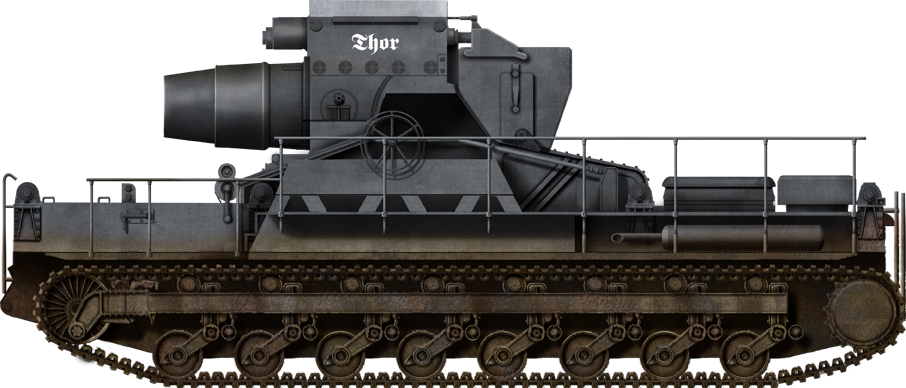
Karl Gerät 1 "Thor" former "Adam" setup in 040, Sebastopol winter 1941 (Not to scale)
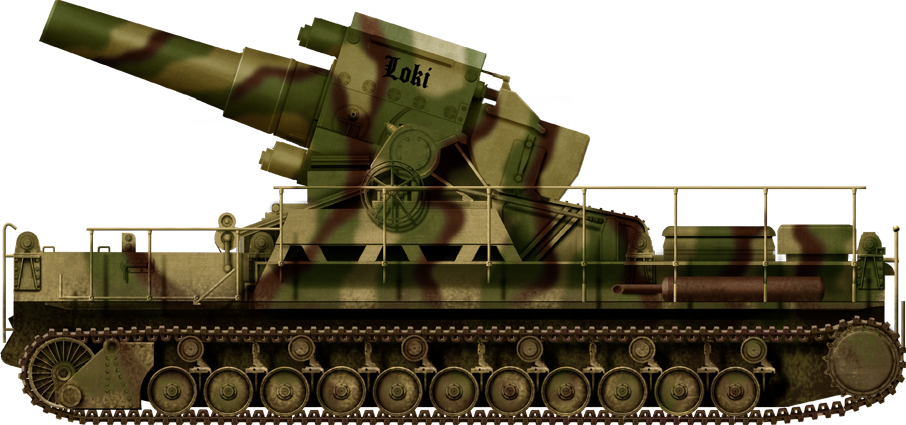
Karl Gerät V "Loki" 041, Ukraine, summer 1943
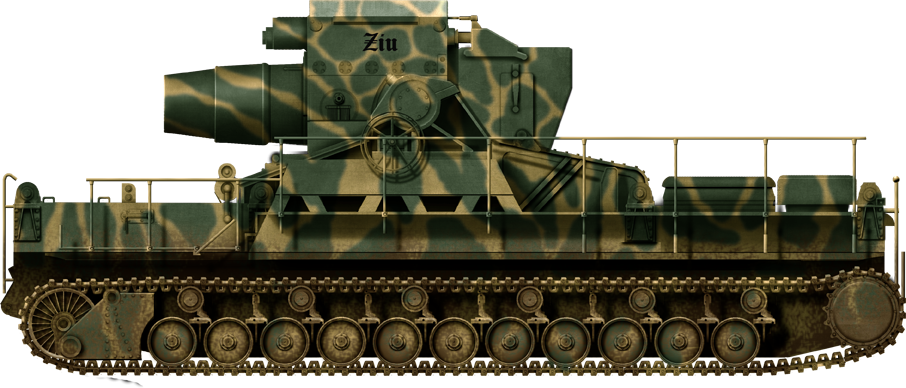
Karl Gerät VI "Ziu" setup in 040 in 1944
Gallery
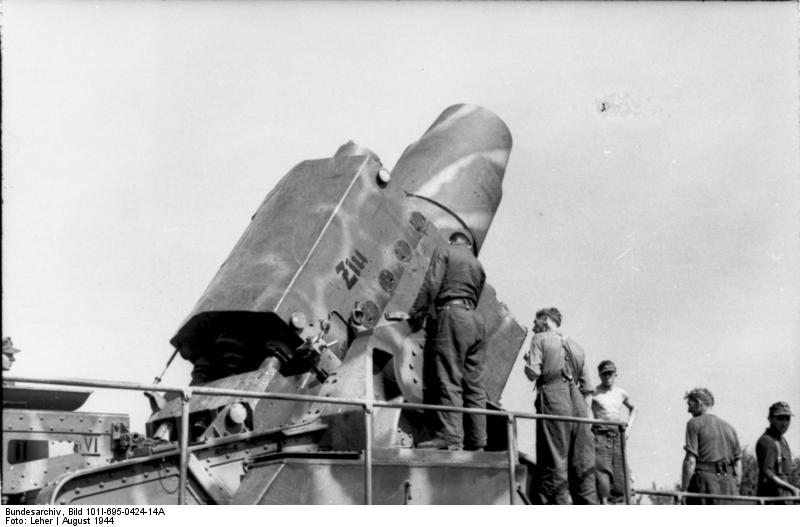
"Ziu", Karl Gerät VI
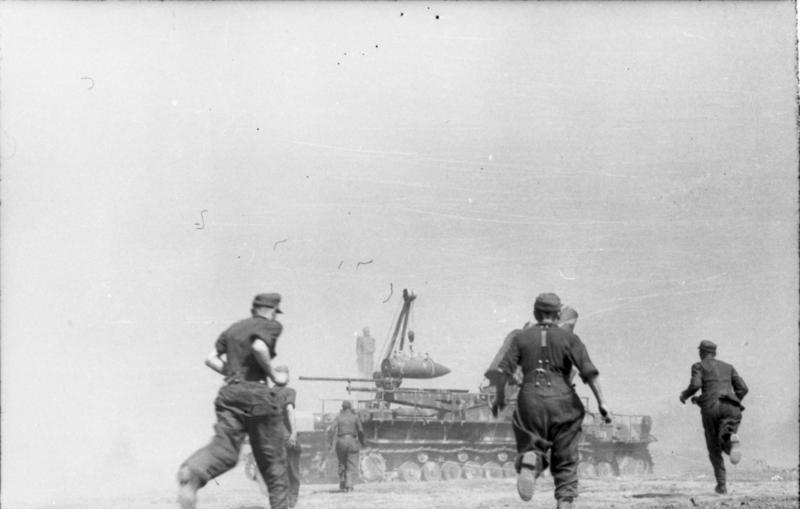
Bundesarchiv, Karl in action

Schematics
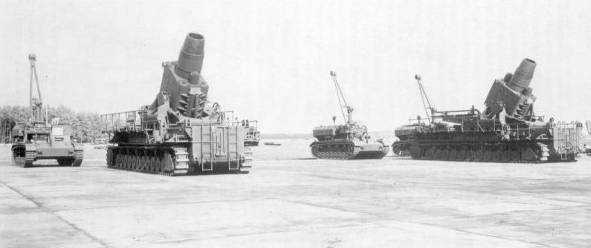
Two KGs and their supply tanks at Juterborg

A KG on its Culemeyer transport chassis
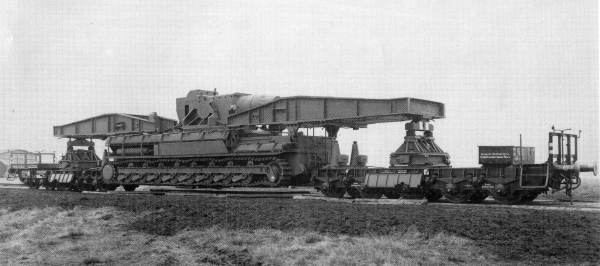
A Karl Gerät on its double railroad trailer
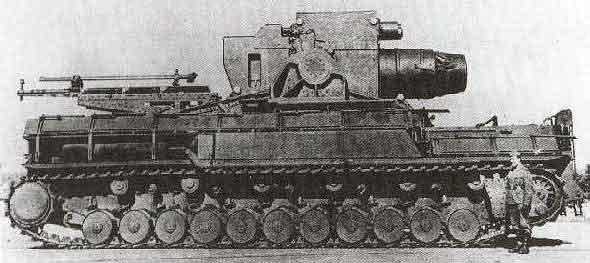
Factory photo of the 1939 Gerät 040
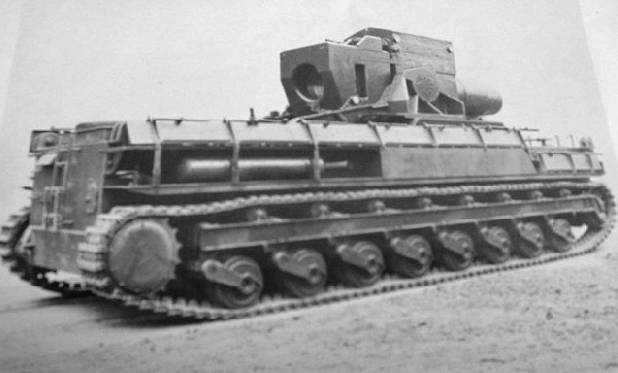
A Karl Gerät 040
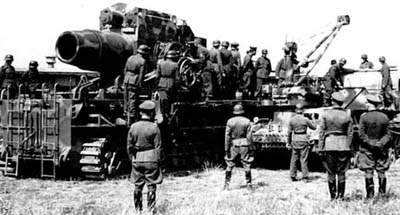
Reloading of a Karl Mörser
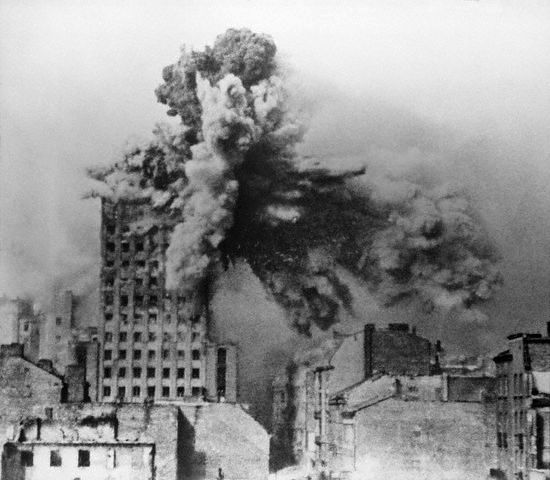
Warsaw Uprising, a 600 mm hit on the Prudential building
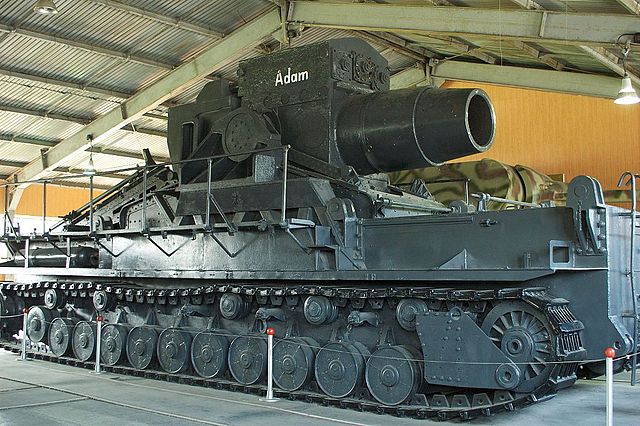
"Adam" in Kubinka, this was the original name of the number one.
Video (wargaming)

WW2 Tanks




























WW2 tanks posters

All Tiger tanks liveries.

Panther liveries and variants

WW2 Armour - All tanks











Tanks aces and single tanks series

Find more there

Museums, Movies, Books & Games
The Tanks and Armor in pop culture
Tanks and armored vehicles in general are only really grasped when seen first person: The mass, the scale, it's all there. Explore also the way tanks were covered in the movie industry, in books and in video games.Movies:
Best tanks movie on warhistoryonline.com
On imdb.com
On bestsimilar.com/
miltours.com
liveabout.com/
watchmojo.com
Video Games:
pcgamesn.com
historyhit.com
levvvel.com
vg247.com/best-tank-games
mmobomb.com/
alienwarearena.com

